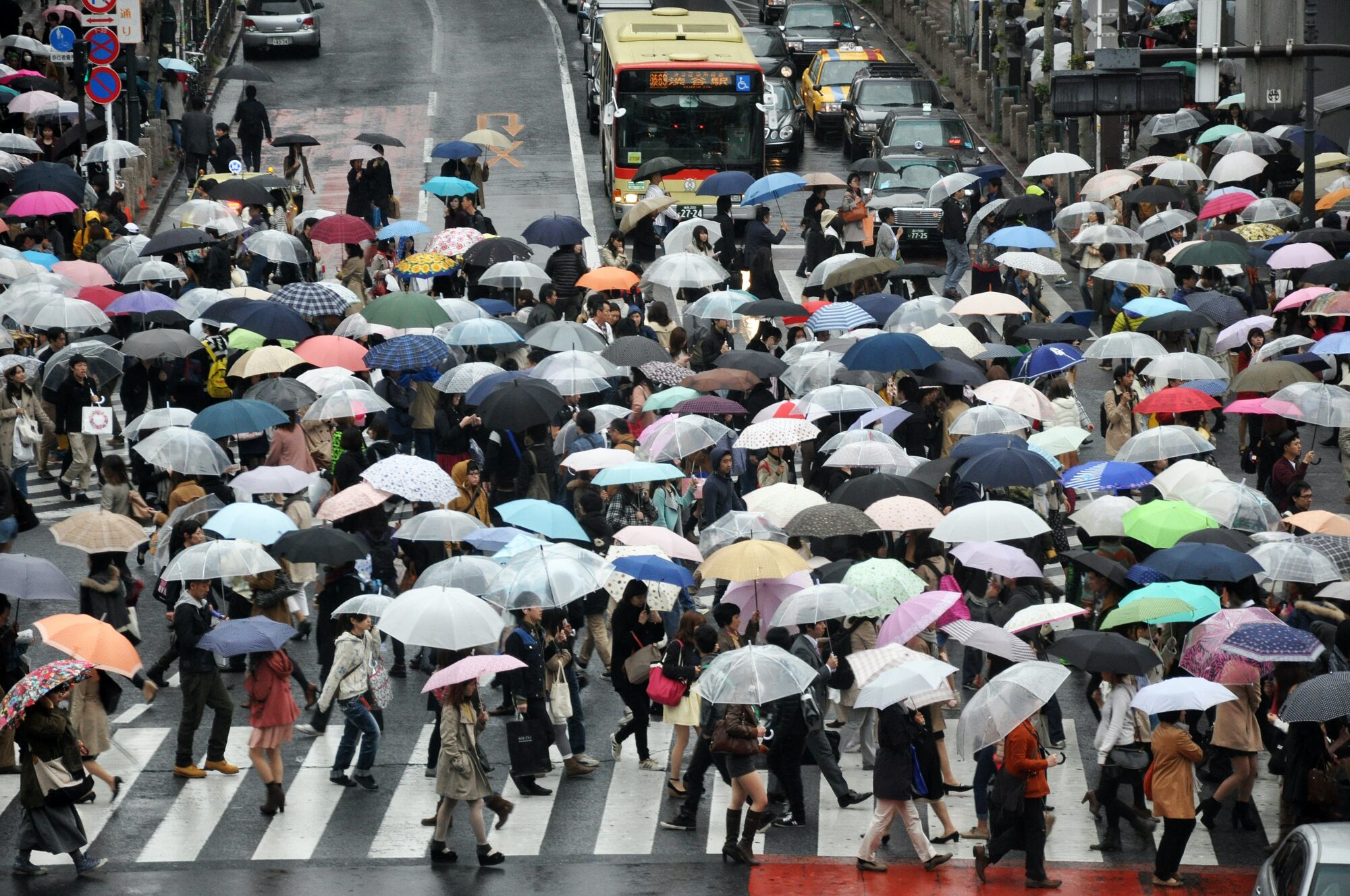THE BOOM IN TOURISM CAUSES CONCERN IN JAPAN
‘With the population shrinking and the government leery of allowing more immigrants into the country, foreign tourism has become an effective economic stimulus. In fact, its success has exceeded anyone’s wildest dreams. More than 28 million tourist from abroad visited Japan in 2017, and it seems for sure that the stated goal of reaching 40 million tourists a year by 2020 will be achieved if not surpassed, with or without legalized casino gambling, which is part of the official tourism plan.
That said, a downside has emerged — something the media is calling “kankō kōgai,” or “tourism pollution.” However effective the tourism promotion scheme has been, it didn’t take into account the numbers that actually materialized, nor the fact that many places, even those ostensibly set up for tourism, are not capable of handling the amount of traffic they’ve seen.
The most referenced example is Kyoto. In an Asahi Shimbun article on April 21, Masaru Takayama, a native of the city and the CEO of an eco-tourism company, said his hometown is practically overrun by overseas tourists these days, and the residents don’t like it, despite the boost to the local economy. People who live along transportation routes that go through sightseeing areas find it difficult to use local buses anymore because they’re crammed with tourists. Restaurants are always booked because of social network hype. And foreign visitors, he states plainly, are often inconsiderate — eating on the street, making too much noise in general. The rush of out-of-towners has destroyed “miyabi” — that refined atmosphere unique to Kyoto. As a result, an increasing number of businesses are no longer offering multilingual service support on their homepages and are being selective when accepting reservations by phone. More to the point, Takayama says that a lot of tourism-related businesses that are “not being run with local money” have set up shop in Kyoto to take advantage of the foreign hordes and their revenue doesn’t benefit people who live there.
The main point of the Asahi article seems to be that the tourism policy only has one aim — increasing the number of visitors. The government has yet to collect usable, localized data on the tourist boom that will help it address the kankō kōgai problem. The boom started in 2012 when low-cost carriers started operating in earnest, bringing package tours. But these tours tended to hit only the usual spots — Tokyo, Kyoto, Mount Fuji and maybe even Hokkaido.
Takao Ikado, a tourism expert, said in the same article that the only thing scarier than “tourism pollution” is “no tourism at all,” and points out that without anyone to replace the dwindling number of Japanese travelers, traditional tourist destinations that are not located along beaten paths will quickly disappear. More effort should be made to steer overseas tourists to these places, but the authorities and the tourism industry itself have been slow to confront this reality. What’s needed is better transportation access, accommodations that can handle foreign visitors as well as more complete infrastructure.
The government has implemented an exit tax of ¥1,000 for people leaving Japan from 2019 that will be used to reinforce tourism infrastructure, and one vital change in that regard would be helping businesses become less reliant on cash transactions. Many tourist-oriented businesses still don’t take credit cards or e-money, because Japanese customers pay in cash. Many tourists from abroad prefer not to.
Another problem is that most tourist-oriented businesses in Japan are small-scale, and so can’t afford to renovate their operations to accommodate overseas visitors. The government may have to subsidize these renovations, otherwise the tourist boom could go bust. If a visitor comes once and finds Japan intriguing but inconvenient, says Ikado, they’ll think once is enough. Sustainable tourism means repeat visitors.
Solving these problems requires a will to action on the part of the government and the sightseeing industry. The trickier part is getting the public to accept overseas tourists, a concept the media also likes to play up.
Rude foreign tourists is a common media topic whose anecdotal coverage makes it impossible to quantify. Several weeks ago, the TV Asahi variety show “TV Tackle” aired a 60-minute installment on non-Japanese issues, and while some segments focused on foreign residents, other complaints were made about tourists. Some came across as gratuitous — one spotlighted sloppy foreign drunks in Shinjuku without mentioning that there are probably even more sloppy Japanese drunks in the area — but others, such as improper refuse disposal, were hard to argue with. However, it was a comment by the show’s host, comedian Takeshi Kitano, that made the biggest impression. He said that Japan had sacrificed its cultural integrity for the sake of money, thus implying that foreign tourism was polluting the Japanese spirit.
Given that the largest portion of overseas tourists came from mainland China in 2017 and more than 80% of Japanese people hold an unfavourable opinion of the country, it would follow that, at best, the Japanese public only tolerates the foreign tourist boom. And the fact that the government encourages Chinese tourism — casino legalization is based on the hope of bringing more high-rollers from the mainland — without actively trying to counter this public perception adds substance to Kitano’s cynical observation.
The media is sensitive to this opinion. On April 7, TV Asahi aired a 3½-hour special covering the top 40 favourite Japanese foods among foreign tourists . Although hardly a serious study, the show nevertheless skewed its coverage. Mainland Chinese and South Koreans accounted for more than 50% of the overseas visitors last year, but I counted only a handful of both among the hundreds of participants interviewed during the show. The majority were Westerners, who made up only 10 percent of the inbound numbers in 2017. It felt odd. I’m sure Chinese tourists like Japanese food just as much as the next overseas visitor.
Information c/o Japan Times

